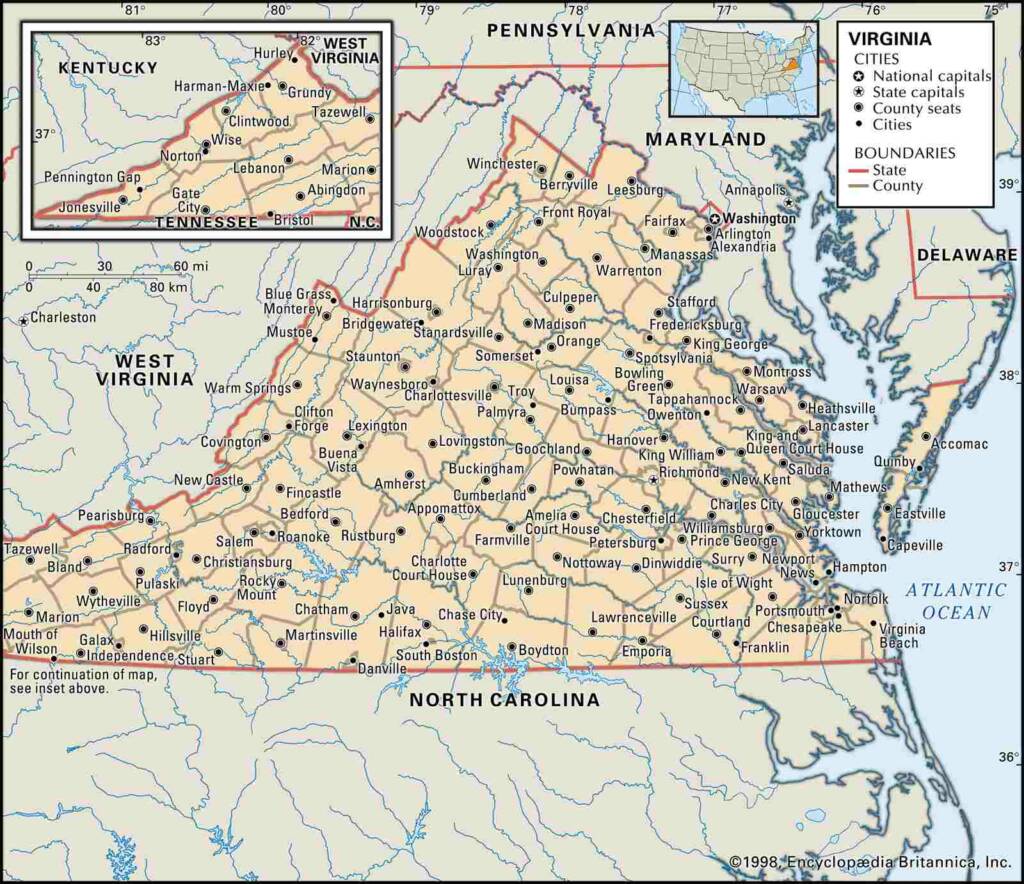What zone is virginia? the Virginia USDA zone chart for plant hardiness can be used to determine the state’s USDA growing zones. Hardiness Zones aid in determining which trees and plants will thrive in a given environment.
What is the USDA Plant Hardiness Zone Map
The USDA Plant Hardiness Zone Map from 2012 is the gold standard for determining which plants are most likely to thrive in a given region. The Agricultural Research Service (ARS) of the United States Department of Agriculture (USDA) created the map, which is available on their website. The map is separated into 10-degree Fahrenheit zones based on the average annual minimum winter temperature.
The map is available as an interactive GIS-based map that requires a high-speed Internet connection, as well as static images for people with slower Internet connections. Users can also enter a ZIP Code to determine the hardiness zone for that location.
Also Read: Alaskan Crab Boat Sinks & Sinking of ‘Scandies Rose’
What zone is Virginia
You will be in one of Virginia’s four USDA plant hardiness zones, which vary from 5a in the western mountains to 8a on the eastern shore. When choosing flowers, shrubs, or trees for your garden, keep these zones in mind.
A common misconception that we have heard from residents is that zones are only based on zip codes. These areas should serve as a guideline for choosing flowers, shrubs, or trees for your garden. These areas usually indicate how cold it is in winter. This gives you information so you can plant the seeds or transplant them at the right time and avoid frost.
When you should plant seeds or replant outdoors depends on the Virginia planting area you live in. February Mid to late month – Start growing plants from seed indoors.
Check for insects and diseases, and spray affected plants with garden oil in temperatures above 45 degrees. Only grow plants that are suitable for the Virginia planting zone you are in or below. So, if you live in zone 5a, plant something categorized as zones 1 through 5.
Most gardeners use the USDA Resilience Zone Map to determine which plants thrive in a particular location. Regardless of which climatic region you sit in, the greatest horticultural success begins with the USDA’s hardiness zone, which is defined by the area’s average annual minimum temperature. Growing and resilient zones are also known as planting zones and help growers know which plants, vegetables, and flowers are best for a particular area. Zone maps are tools that show you where various permanent landscape plants can fit.
The USDA Plant Resilience Zone Map is the standard by which landscape companies, gardeners, and nursery growers determine which plants and trees can be planted on a zone map and which are most likely to grow and thrive after sowing. If you see a hardiness zone in your horticultural catalog or plant description, you are most likely referring to this USDA map.
Also Read: The USPS held at post office at customer request is causing trouble with unwanted notifications
How to find your zone
Just enter your address and the map will return to your home and show you your area. Residents can use the map to view their region or zoom in on a residential area and street. This website provides a detailed color-coded interactive map showing all evacuation zones.
You can check out your zone and related information through your zipcode from the USDA Hardiness Zone Finder website
